BY ERIKA THULIN DAWES & MARY ANN CAPPIELLO on behalf of The Biography Clearinghouse 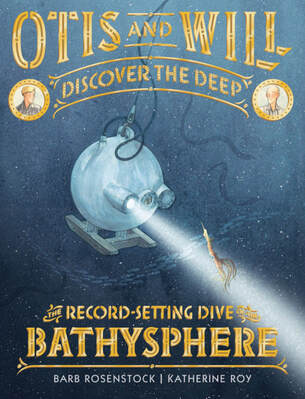 Over the last nine months, many of us feel as if we have had a front row seat to a global scientific conversation. Since the first news reports of a new virus in Wuhan, China in early January, our knowledge and understanding of COVID-19 has been steadily developing. For the first time in history, scientists around the world are working concurrently and urgently on the same challenge: creating viable vaccines and treatments for COVID-19. Early on, scientists did not believe the virus spread from animals to humans. For months, scientists debated whether or not the virus gets transmitted from both droplets and aerosols. Various treatments for the virus have been developed, undergone clinical trials, and been either adopted or rejected. We’ve heard news reports about peer-reviewed publications making announcements about new understandings of the virus. None of the progress that we have made on fighting COVID-19 would be possible without scientists collaborating around the world, sharing information with one another and the public. The world is doing its best to keep its people safe, through collaboration and the scientific process. You can’t look at a newspaper, glance at your phone, or watch the evening news without hearing the latest information that scientists have hypothesized, tested, or concluded. For young people - indeed, for all of us - this overload of information is overwhelming. It’s also fascinating. The amount of information we are receiving is staggering. We are watching “science” happen in real time - the processes and the methods, the dead ends and the real results. How do we make these processes and methods visible in elementary and middle school? What are some of the ways children’s literature can provide our young people with a window into the scientific process so they can better understand what thousands of grown-ups around the world are doing to try and beat this virus? One small way is to explore the scientific process and the collaboration made visible in the picturebook Otis and Will Discover the Deep, written by Barb Rosenstock and illustrated by Katherine Roy. Operating within the Investigate, Explore, and Create Model of the Biography Clearinghouse, we designed teaching ideas geared toward literacy and content area learning as well as opportunities for socio-emotional learning and strengthening community connections.
CREATE with Otis and Will Discover the Deep. Featured here is one of the teaching ideas inspired by Otis and Will Discover the Deep: Unlikely Collaborators: Researching Collaboration When we interviewed Barb Rosenstock about researching and writing, Otis and Will Discover the Deep, we were so surprised to discover that Otis and Will didn’t like each other! Given the incredible teamwork displayed in the book, we were a bit dumbfounded. But as Rosenstock points out, getting a job done does not always require that people like each other. It’s about the commitment to the task at hand and the sharing of talents and information to make it happen. How does teamwork and collaboration happen? Why is it so important?
By investigating biographers’ research and writing processes and connecting people and historical events to our modern lives, we hope to motivate change in how readers engage with biographies, each other, and the larger world. To see more classroom possibilities and helpful resources connected to Will and Otis Discover the Deep: The Record Setting Dive of the Bathysphere, visit the Will and Otis entry at the Biography Clearinghouse. Additionally, we’d love to hear how these interviews and ideas inspired you. Email us at [email protected] with your connections, creations, questions, or comment below if you’re reading this on Twitter or Facebook. If you are interested in receiving notifications when new content is added to the Biography Clearinghouse, you can sign up for new content notices on our website. Erika Thulin Dawes is Professor of Language and Literacy at Lesley University where she teaches courses in children’s literature and early childhood literacy. She blogs about teaching with children’s literature at The Classroom Bookshelf, a School Library Journal blog, and is a former chair of NCTE’s Charlotte Huck Award for Outstanding Fiction for Children. Mary Ann Cappiello teaches courses in children’s literature and literacy methods at Lesley University, blogs about teaching with children’s literature at The Classroom Bookshelf, a School Library Journal blog, and is a former chair of NCTE’s Orbis Pictus Award for Outstanding Nonfiction K-8. Comments are closed.
|
Authors:
|
CLA
About CLA
|
Journal of Children's Literature
Write for JCL
|
ResourcesCLA-sponsored NCTE Position Statements
|
Members-Only Content
CLA Video Library
|
© COPYRIGHT 2018.
ALL RIGHTS RESERVED |

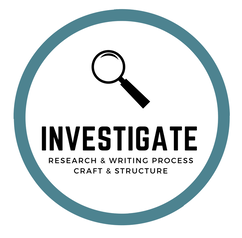
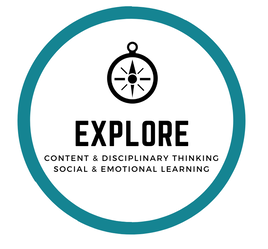
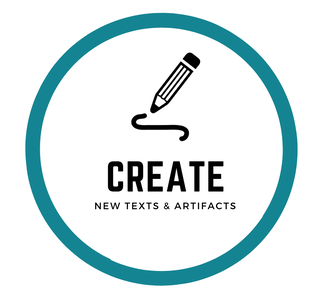
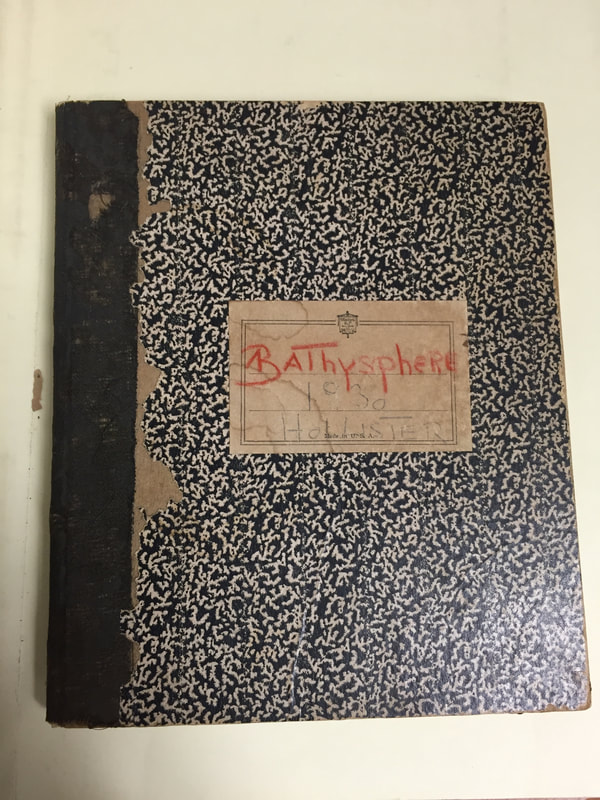
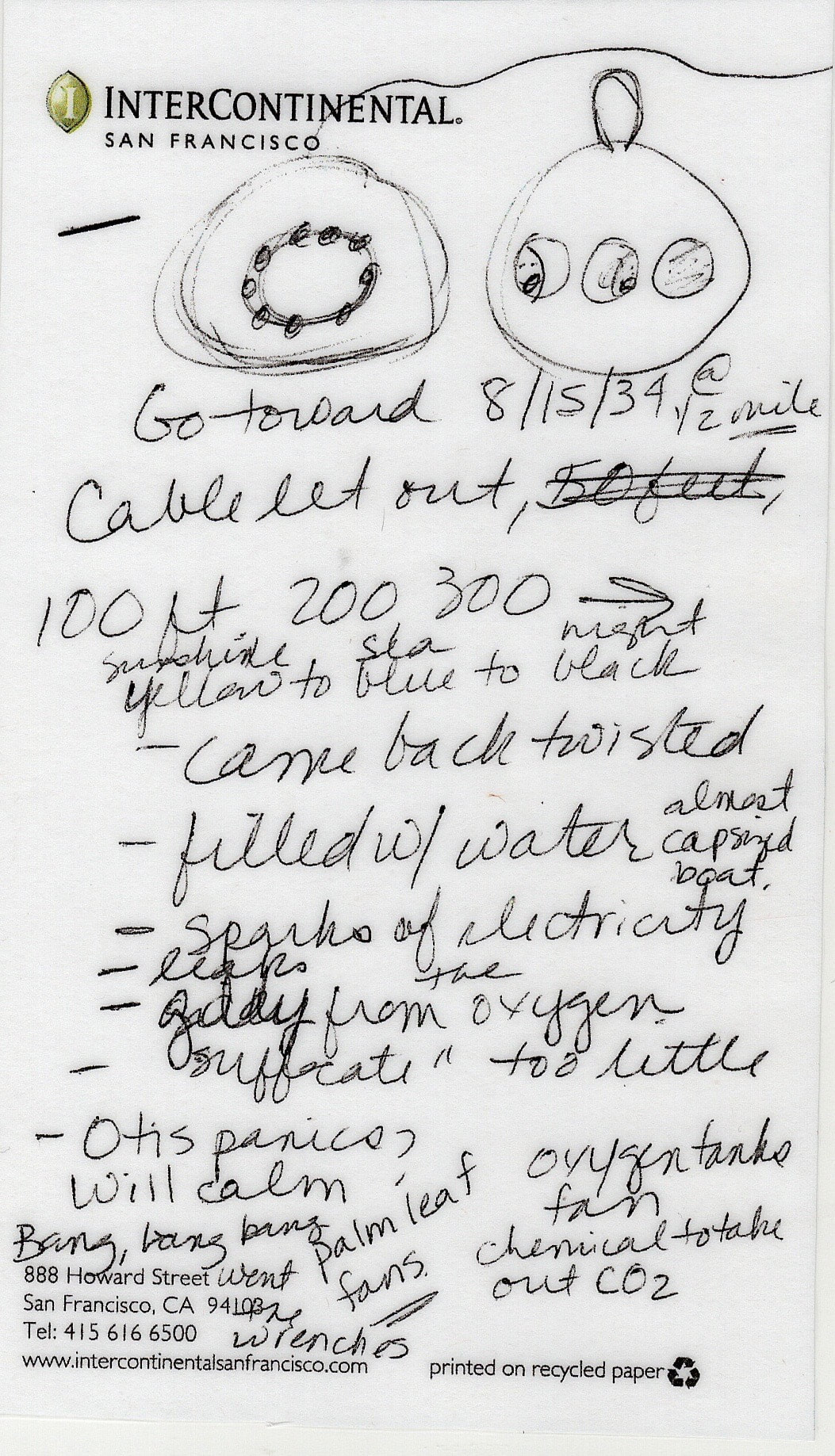
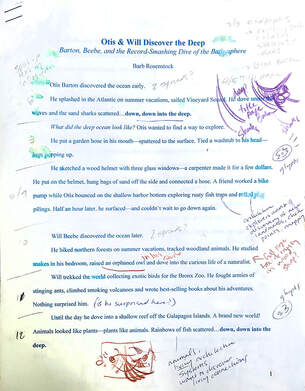
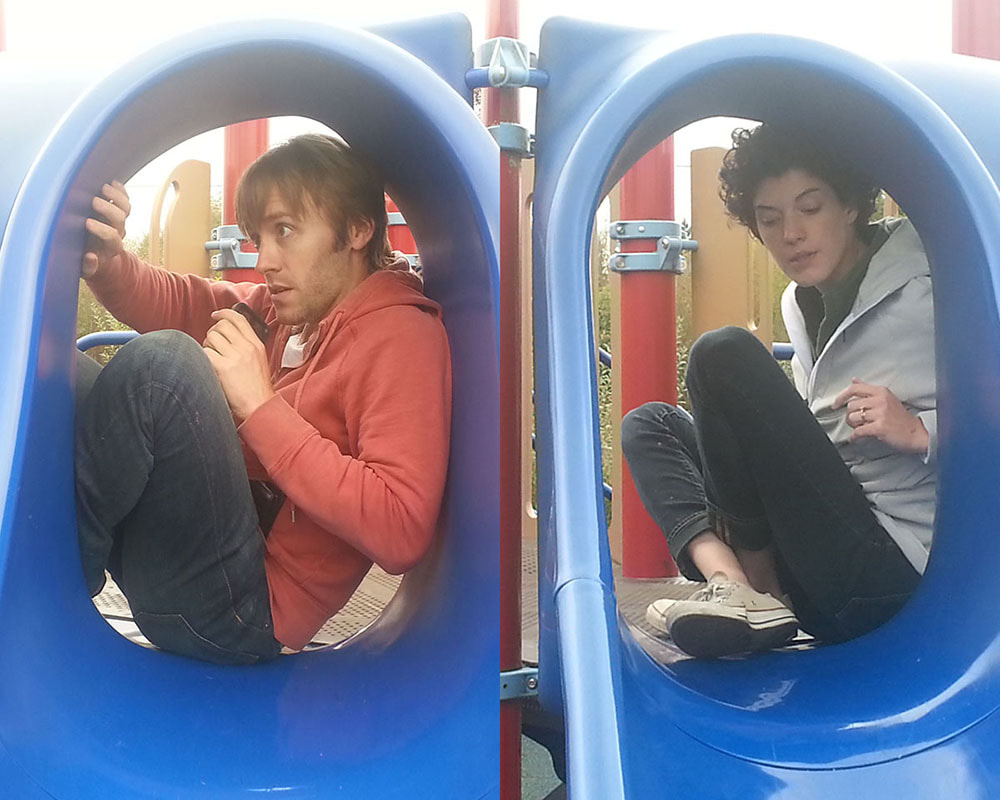
 RSS Feed
RSS Feed